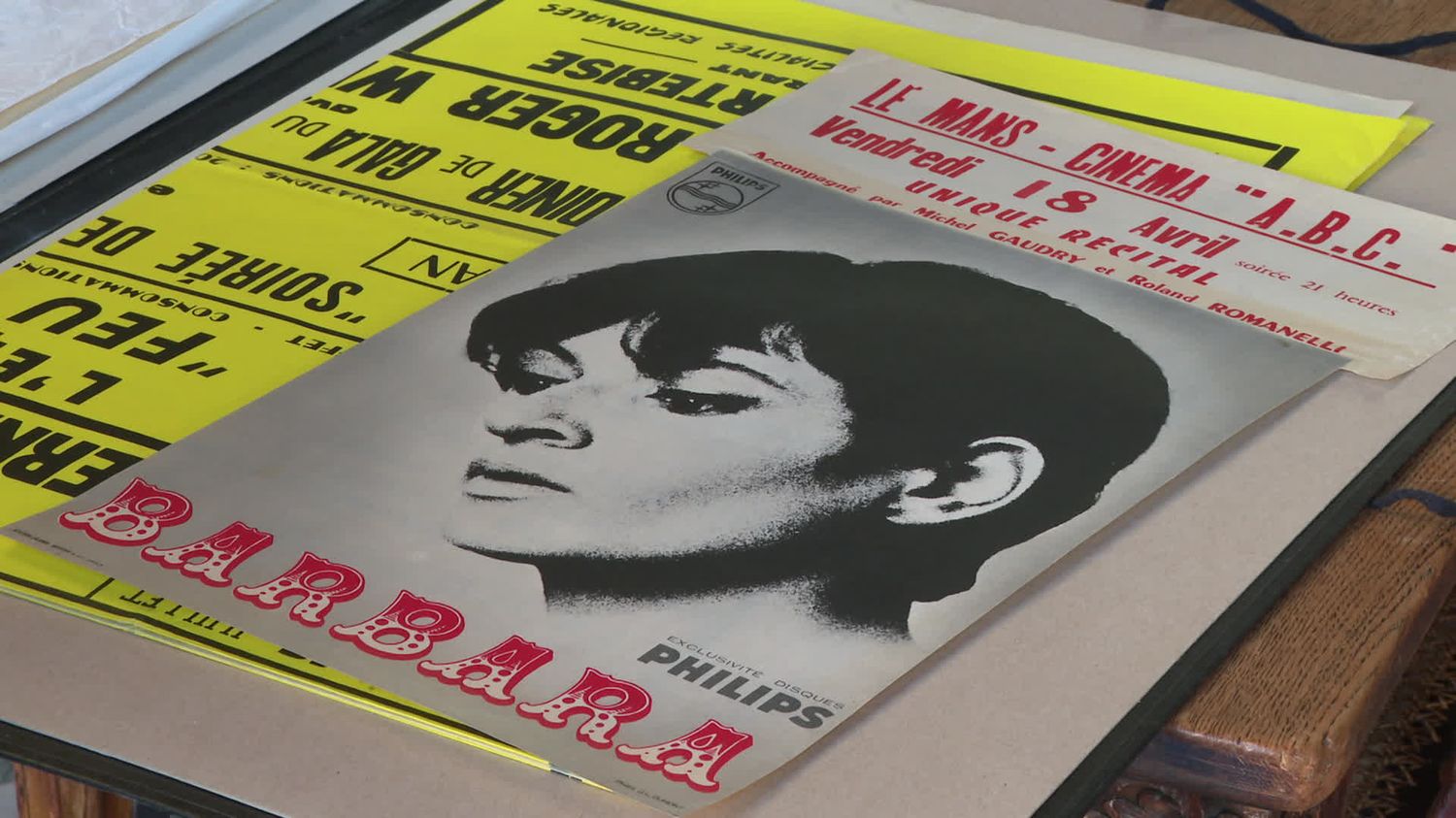The Barbara Perlimpinpin association donated to the BnF a set of documents relating to the creation of the songs, the development of the shows, as well as the commitments and daily life of the lady in black.
Tell me, when will you come back, Goettingen, Blues, In the wood of Saint-Amand, the black Eagle or My most beautiful love story… Ihe manuscripts of these famous songs by Barbara (1930-1997) are now in the archives of the Richelieu site of the National Library of France, in the second arrondissement of Paris.
Barbara’s creative process
This exceptional donation consists of work files, manuscripts, annotated scores, correspondence, posters, programs and nearly 200 photographs. Rarer, we also discover scenic devices of concerts on which we see the arrangement of the pianos on stage as well as all the lighting device. “She arrived in the morning to put herself on the stage on which she was going to perform, she carefully checked the installation of the piano. This document reflects Barbara’s interest in the smallest detail of her concerts”, says Benoit Cailmail, deputy director of the music department of the BnF.
The mission of the National Library of France is to make this documentary collection available to all readers. “Some may write a thesis on Barbara, others a small local newspaper for Barbara fans, others may want to sing her songs again and therefore go back to the sources to find out if there are any notes of interpretation”, further details Benoit Cailmail.
The different faces of Barbara
This generous donation is the result of a long collection work carried out by the Barbara Perlimpinpin association. Thanks to deposits from individuals, she was able to buy back the artistic heritage of the singer 23 years ago. Today as promised, she returns it to the public.
Through this archival journey, the reader discovers several facets of Barbara. As much on the creation of the songs and the development of the shows as on the commitments and the daily life of the singer. The president of the association had the chance to meet the artist. “I saw her talking to people, taking care of the beings she saw in difficulty, she had a kind of sixth sense, when someone was not well she felt it immediately and she always tried to help. “, remembers Martine Worms.
The important collection of programs highlights the vitality of Barbara’s career which, from the 1960s until the day before her death, performed on the greatest national and international stages.
The archives of Barbara, Richelieu site of the BnF, Paris 2nd arrondissement
